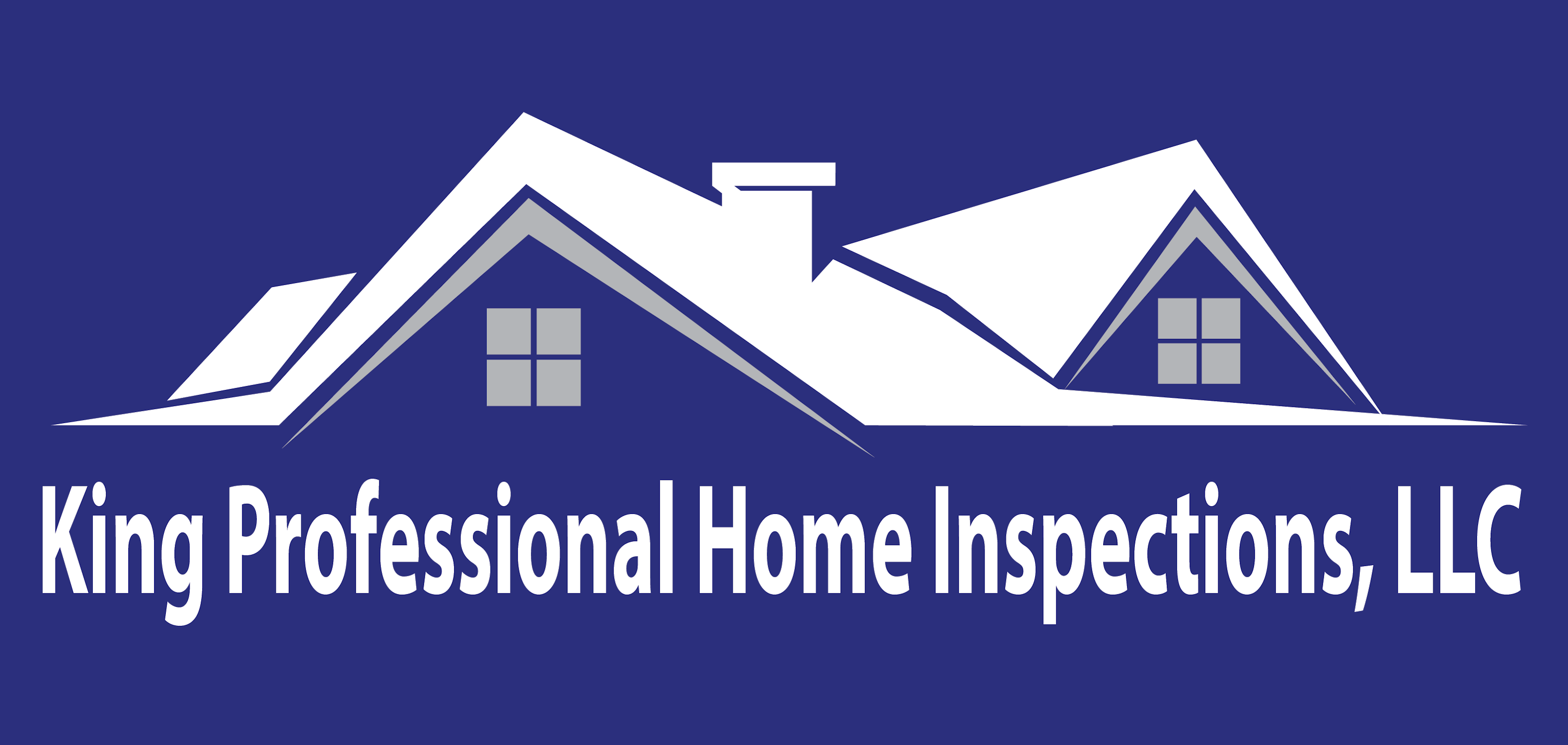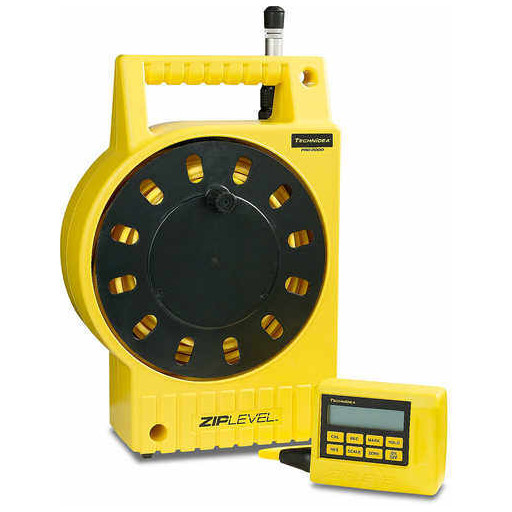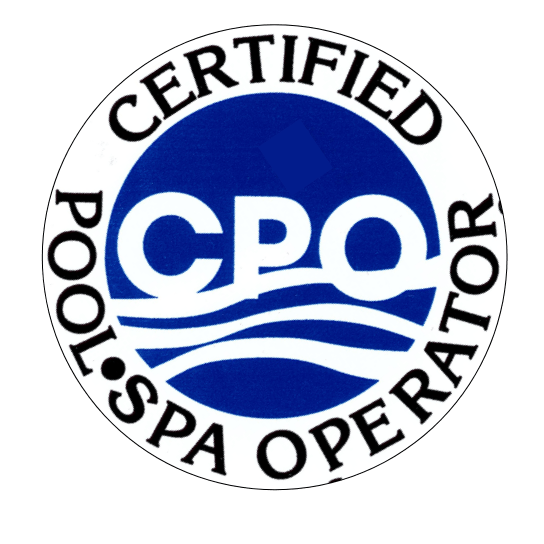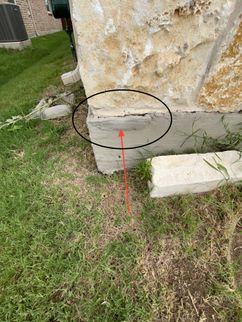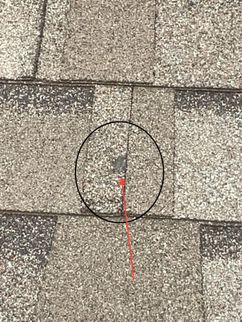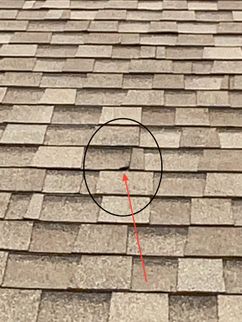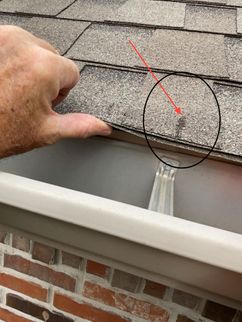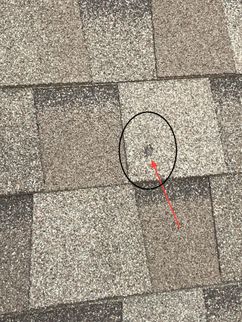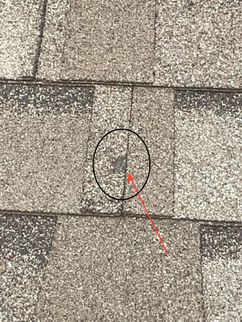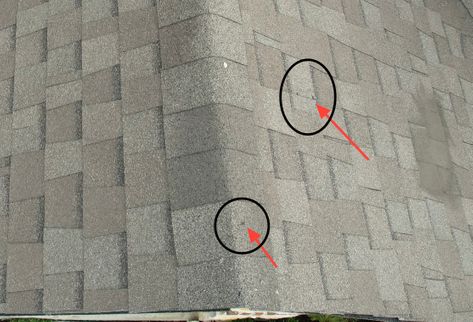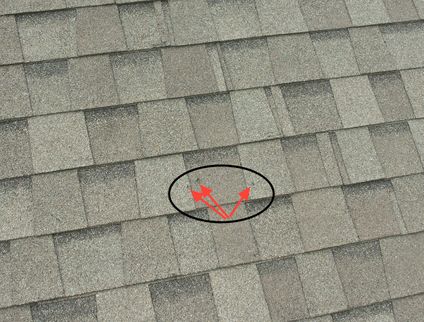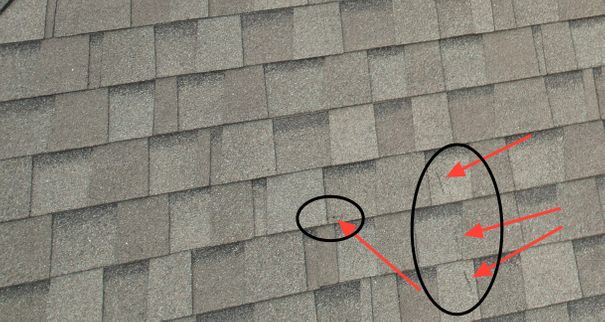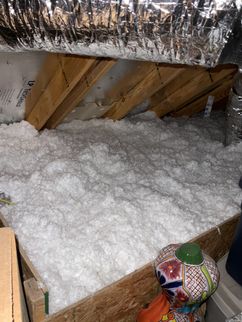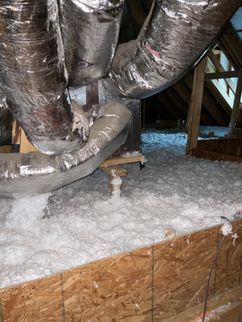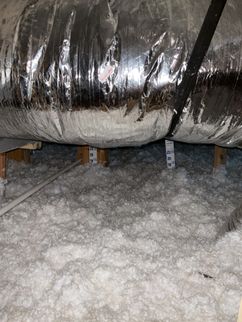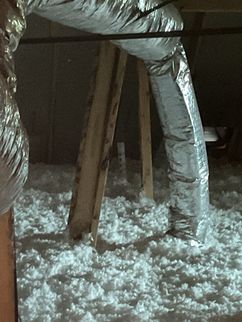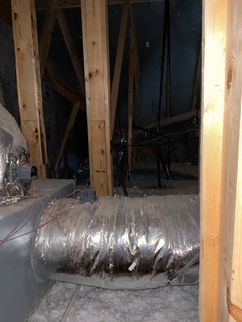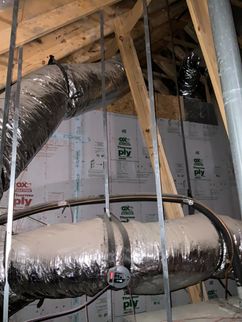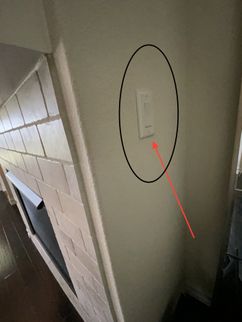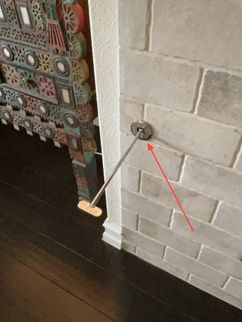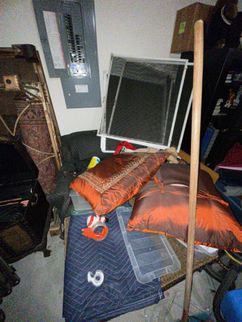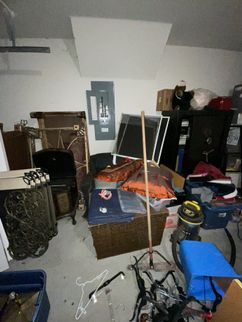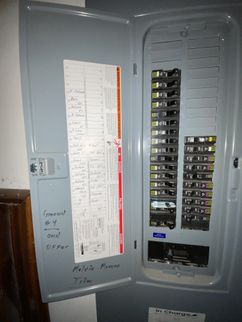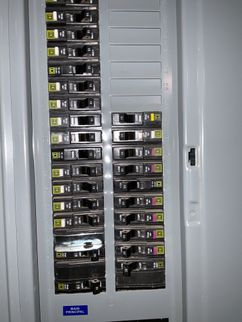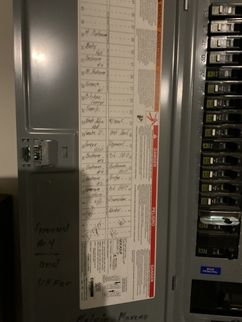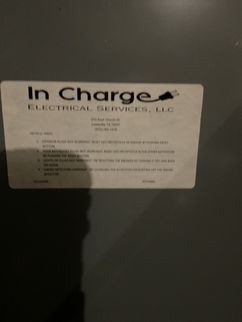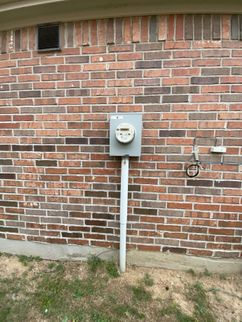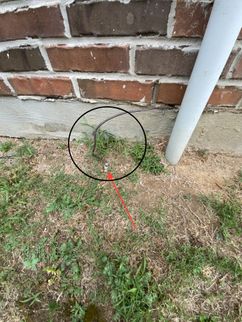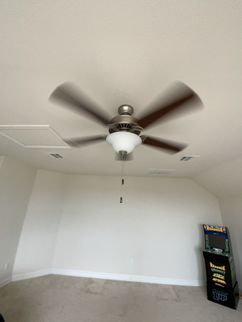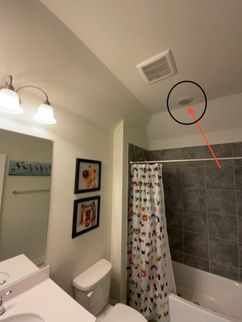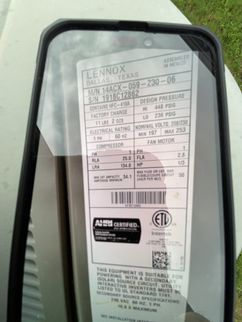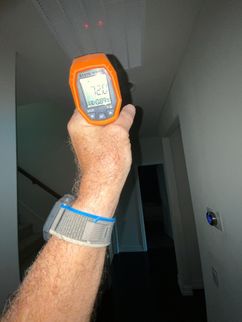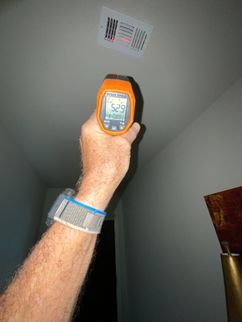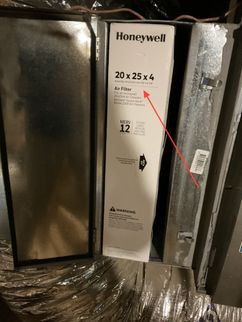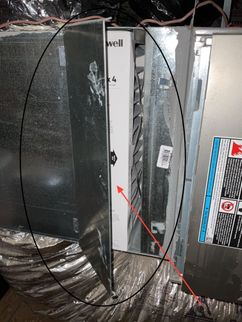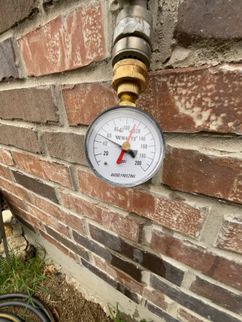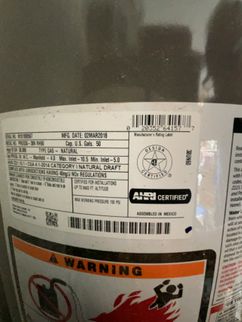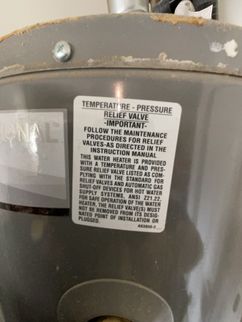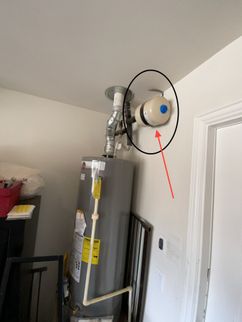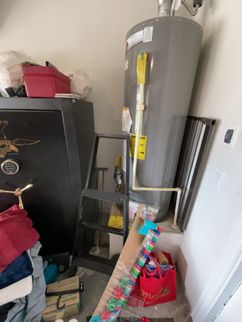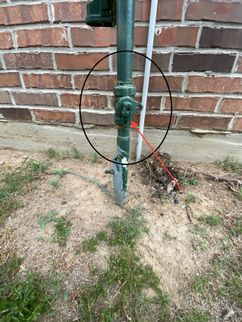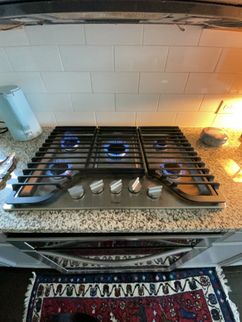The Scope and Purpose of a Building Inspection
Purchasing property involves risk
The purpose of a building inspection is to help reduce the risk associated with the purchase of a structure by providing a professional opinion about the overall condition of the structure. A building inspection is a limited visual inspection and it cannot eliminate this risk. Some buildings present more risks than others. We cannot control this, but we try to help educate you about areas of uncertainty and risk as part of our inspection.
A building inspection is not an insurance policy
This report does not substitute for or serve as a warranty or guarantee of any kind. Warranties can be purchased separately from insuring firms that provide this service.
A building inspection is visual and not destructive
The descriptions and observations in this report are based on a visual inspection of the structure. We inspect the aspects of the structure that can be viewed without dismantling, damaging or disfiguring the structure and without moving furniture and interior furnishings. Areas that are concealed, hidden or inaccessible to view are not covered by this inspection. Some systems cannot be tested during this inspection as testing risks damaging the building. For example, overflow drains on bathtubs are generally not tested because if they were found to be leaking they could damage the finishes below. Our procedures involve non-invasive investigation and non-destructive testing which will limit the scope of the inspection.
This is not an inspection for code compliance
This inspection and report are not intended for city / local code compliance. During the construction process structures are inspected for code compliance by municipal inspectors. Framing is open at this time and conditions can be fully viewed. Framing is not open during inspections of finished homes, and this limits the inspection. All houses fall out of code compliance shortly after they are built, as the codes continually change. National codes are augmented at least every three years for all of the varying disciplines. Municipalities can choose to adopt and phase in sections of the codes on their own timetables. There are generally no requirements to bring older homes into compliance unless substantial renovation is being done.
This is just our opinion
Construction techniques and standards vary. There is no one way to construct a building. The observations in this report are the opinions of the inspector. Other inspectors and contractors are likely to have some differing opinions. You are welcome to seek opinions from other professionals.
The scope of this inspection
This inspection will include the following systems: exterior, roof, structure, drainage, foundation, attic, interior, plumbing, electrical and heating. The evaluation will be based on limited observations that are primarily visual and non-invasive. This inspection and report are not intended to be technically exhaustive.
Your expectations
The overall goal of this inspection is to help ensure that your expectations are appropriate with the building you are proposing to buy, sell or lease. To this end we assist with discovery by showing and documenting observations during the home inspection. This should not be mistaken for a technically exhaustive inspection designed to uncover every defect with a building. Such inspections are available but they are generally cost-prohibitive and time-prohibitive.
Your participation is requested
Your presence is requested during this inspection. A written report will not substitute for all the possible information that can be conveyed verbally by a shared visual observation of the conditions of the property.
How to Read This Report
Getting the Information to You
This report is designed to deliver important and technical information in a way that is easy for anyone to access and understand. If you are in a hurry, you can take a quick look at our "Summary Page” and quickly get critical information for important decision making. However, we strongly recommend that you take the time to read the full Report, which includes digital photographs, captions, diagrams, descriptions, videos and hot links to additional information.
The best way to get the layers of information that are presented in this report is to read your report online (the HTML version), which will allow you to expand your learning about your house. You will notice some words or series of words highlighted in blue and underlined – clicking on these will provide you with a link to additional information. The HTML version of this report also contains streaming videos. Short video clips often contain important information and critical context and sounds that can be difficult to capture in words and still pictures.
For the most reliable viewing experience, I recommend viewing the report on as large a screen as practical, as much detail can be lost on small devices like smart phones. For similar reasons, reports should only be printed in color to retain as much detail as possible and minimize misinterpretation of photographs.
This report can also be saved to a PDF file and printed to paper as desired.
Chapters and Sections
This report is divided into chapters that parcel the building into logical inspection components. Each chapter is broken into sections that relate to a specific system or component of the home. You can navigate between chapters with the click of a button on the left side margin.
Most sections will contain some descriptive information done in black font. Observation narrative, done in colored boxes, will be included if a system or component is found to be significantly deficient in some way or if we wish to provide helpful additional information about the system or the scope of our inspection. If a system or component of the home was deemed to be in satisfactory or serviceable condition, there may be no narrative observation comments in that section and it may simply say “tested,” or “inspected.”
Observation Labels
All narrative observations are colored, numbered and labeled to help you find, refer to, and understand the severity of the observation. Observation colors and labels used in this report are:
- Repair:Repair and maintenance items noted during inspection. Please note that some repair items can be expensive to correct such as re-finishing hardwood floors, but are considered simply repair items due to their cosmetic nature.
- Recommended Maintenance:These are repair items that should be considered "routine home ownership items," such as servicing the furnace, cleaning the gutters or changing the air filters in the furnace.
- Due Diligence:Observation such as a buried oil tank that may require further investigation to determine the severity and / or urgency of repair.
- Note:Refers to aside information and /or any comments elaborating on descriptions of systems in the home or limitations to the home inspection.
- Description:Detailed description of various aspects of the property noted during the inspection.
Pest Inspection
All items with the bug logo () are part of a structural pest inspection. If your inspector included a structural pest inspection as a part of the scope of your home inspection, you can distinguish pest inspection items by this logo. You can also go to the pest inspection summary page to see a summary of the items that are part of a pest inspection.
Summary Page
The Summary Page is designed as a bulleted overview of all the observations noted during inspection. This helpful overview is not a substitution for reading the entire inspection report. The entire report must be read to get a complete understanding of this inspection report as the Summary Page does not include photographs or photo captions.
Moisture Meter Testing
Where moisture meter testing is indicated in this report a Protimiter Survey Master Dual Function was used.
A Quick Look Of Things To Come
Repairs
- SS-2 Structural Systems:
Roof blemishes, possibly due to hail storm. Recommend having a roofing contractor evaluate and repair if needed.
If you need a recommendation for a roofing company, please let me know.
- SS-4 Structural Systems:
The door in the wall between the garage and the home living space did not have operable self-closing hinges as is required by generally-accepted current safety standards.
(IRC R302.5.1 Opening Protection Openings from a private garage directly into a room used for sleeping purposes shall not be permitted. Other openings between the garage and residence shall be equipped with solid wood doors not less than 13/8 inches (35 mm) in thickness, solid or honeycomb-core steel doors not less than 13/8 inches (35 mm) thick, or 20-minute fire-rated doors, equipped with a self-closing or automatic-closing device).
- ES-3 Electrical Systems:
Could not get ceiling fan light to operate in upstairs game room.
- ES-4 Electrical Systems:
Light in first bathroom over tub did not operate with switch on.
- OS-1 Optional Systems:
When manually operating the irrigation (sprinkler) system I found several issues. I recommend having the system evaluated by an irrigation professional. If you need a recommendation for an irrigation specialist please let me know. I have a very good one.
Recommended Maintenance Items
- SS-1 Structural Systems:
Small corner pop in foundation at front left.
Due Diligences
- A-4 Appliances:
The dryer duct should be cleaned regularly for improved safety (to prevent clogging which could lead to a fire) and to keep the dryer working reliably and efficiently. Dryer vents should be cleaned yearly for safety. If the dyer vent system has not been cleaned recently, I recommend scheduling a cleaning.
Notes
- ES-2 Electrical Systems:
The electrical receptacles in the home are Tamper-resistant (TR) at the time of the inspection. Tamper-resistant (TR) receptacles were first required within the 2008 edition of the National Electrical Code (NEC).
TR receptacles function electrically like a standard receptacle but adds a built-in safety mechanism that helps prevent electricity from energizing anything that is stuck into the receptacle that shouldn’t be. TR receptacles greatly reduce the potential for electrical shocks, and are a necessary and effective way to better protect your family from the dangers associated with electricity.
The Full Report
Structural Systems
Foundations
Grading and Drainage
Roof Covering Materials
Roof Structures and Attics
Walls (Interior and Exterior)
Ceilings and Floors
Doors (Interior and Exterior)
Windows
Stairways (Interior and Exterior)
Fireplaces and Chimneys
Porches, Balconies, Decks, and Carports
Other
Heating, Ventilation and Air Conditioning Systems
Heating Equipment
Cooling Equipment
Duct Systems, Chases, and Vents
Other
Plumbing Systems
Plumbing Supply, Distribution Systems and Fixtures
Drains, Wastes, and Vents
Water Heating Equipment
Hydro-Massage Therapy Equipment
Gas Distribution Systems and Gas Appliances
Other
Additional Information Provided By Inspector
Building Characteristics, Conditions and Limitations
Type of Building : Single Family (2-story)
Approximate Square Footage: 3164
Approximate Year of Original Construction: 2018
Attending the Inspection: Inspector
Occupancy: Occupied
Animals Present: No
Weather during the inspection: Partly cloudy
Approximate temperature during the inspection: Over 80[F]
Ground/Soil surface conditions: Dry
Rain in Last 3 Days: No
No
Structural Systems
Foundations
 Inspected
Inspected Not Inspected
Not Inspected Not Present
Not Present Deficient
Deficient
Type of Foundation(s): Post Tension Slab
Foundation Slab Performing as intended
(An opinion on performance is mandatory) The foundation is performing as intended. No significant problems were observed.
Foundation construction included a slab-on-grade.
Because the General Home Inspection is a visual inspection, inspection of the slab-on-grade foundation is limited by the fact that typically, most of the foundation and slab is hidden underground or by interior floor coverings. Where possible, I inspect that portion of the foundation visible at the home exterior between grade and the bottom of the exterior wall covering.
Small corner pop in foundation at front left.
Grading and Drainage
 Inspected
Inspected Not Inspected
Not Inspected Not Present
Not Present Deficient
Deficient
Roof Covering Materials
 Inspected
Inspected Not Inspected
Not Inspected Not Present
Not Present Deficient
Deficient
Types of Roof Covering: Architectural grade composition shingle
Viewed From: Partial walked roof- sides of the home were too steep and were not walked, Viewed with binoculars, Viewed with a drone
Roof Structures and Attics
 Inspected
Inspected Not Inspected
Not Inspected Not Present
Not Present Deficient
Deficient
Attic Ventilation: Passive Vent
Viewed From: From attic decking, From attic floor decking at the furnace
Type of Insulation: Blown
Approximate Average Depth of Insulation: 15/16- inches
Walls (Interior and Exterior)
 Inspected
Inspected Not Inspected
Not Inspected Not Present
Not Present Deficient
Deficient
Exterior Wall Material(s): Brick, Fiber cement siding trim , Stone
Interior Wall Materials: Sheetrock
Ceilings and Floors
 Inspected
Inspected Not Inspected
Not Inspected Not Present
Not Present Deficient
Deficient
Ceiling and Floor Materials: Drywall, Wood, Carpet
Doors (Interior and Exterior)
 Inspected
Inspected Not Inspected
Not Inspected Not Present
Not Present Deficient
Deficient
Garage Doors Self Closing: No
The door in the wall between the garage and the home living space did not have operable self-closing hinges as is required by generally-accepted current safety standards.
(IRC R302.5.1 Opening Protection Openings from a private garage directly into a room used for sleeping purposes shall not be permitted. Other openings between the garage and residence shall be equipped with solid wood doors not less than 13/8 inches (35 mm) in thickness, solid or honeycomb-core steel doors not less than 13/8 inches (35 mm) thick, or 20-minute fire-rated doors, equipped with a self-closing or automatic-closing device).
Windows
 Inspected
Inspected Not Inspected
Not Inspected Not Present
Not Present Deficient
Deficient
Window Screen defects: Window screens missing from several windows around the home. They are located in the garage.
Stairways (Interior and Exterior)
 Inspected
Inspected Not Inspected
Not Inspected Not Present
Not Present Deficient
Deficient
Stairways Comments: Carpet
Fireplaces and Chimneys
 Inspected
Inspected Not Inspected
Not Inspected Not Present
Not Present Deficient
Deficient
Fireplace Comments: No visual defects found at inspection
Fireplace operated as intended.
Porches, Balconies, Decks, and Carports
 Inspected
Inspected Not Inspected
Not Inspected Not Present
Not Present Deficient
Deficient
Other
 Inspected
Inspected Not Inspected
Not Inspected Not Present
Not Present Deficient
Deficient
Electrical Systems
Service Entrance and Panels
 Inspected
Inspected Not Inspected
Not Inspected Not Present
Not Present Deficient
Deficient
Electric Meter Location: West side of house (left)
Electrical Service Conductors: Below ground, Copper, 2/0, 200 amps
Panel Capacity: 200 amps
Panel Type: AFCI's, Circuit Breakers
Owner materials blocking access to electric panel. I did inspect as much as possible but I did not take the dead front cover off as I typically would. Everything looked to be installed per manufactures instructions. Misc photos taken of panel.
Branch Circuits, Connected Devices, and Fixtures
 Inspected
Inspected Not Inspected
Not Inspected Not Present
Not Present Deficient
Deficient
Type of Wiring: Copper
AFCI's Tested: No Home occupied
Manually Test Smoke and Carbon Monoxide Alarms: Yes
Smoke Alarms present: : Outside each separate sleeping area in the immediate vicinity of the sleeping rooms, In each sleeping room, Main floor, Second floor
Absence of Carbon Monoxide Alarms : NO
Could not get ceiling fan light to operate in upstairs game room.
Light in first bathroom over tub did not operate with switch on.
The electrical receptacles in the home are Tamper-resistant (TR) at the time of the inspection. Tamper-resistant (TR) receptacles were first required within the 2008 edition of the National Electrical Code (NEC).
TR receptacles function electrically like a standard receptacle but adds a built-in safety mechanism that helps prevent electricity from energizing anything that is stuck into the receptacle that shouldn’t be. TR receptacles greatly reduce the potential for electrical shocks, and are a necessary and effective way to better protect your family from the dangers associated with electricity.
Other
 Inspected
Inspected Not Inspected
Not Inspected Not Present
Not Present Deficient
Deficient
Heating, Ventilation and Air Conditioning Systems
Heating Equipment
 Inspected
Inspected Not Inspected
Not Inspected Not Present
Not Present Deficient
Deficient
Type of Systems: Central split system Forced Air
Energy Sources: Natural Gas
Heating System Manufacturer: Lennox
Number of Heating systems: One
Approx. Furnace Manufacture Year: 2018
Location of Thermostat(s): Hallway (downstairs), Top of stairs (upstairs)
Float in pan: No
Cooling Equipment
 Inspected
Inspected Not Inspected
Not Inspected Not Present
Not Present Deficient
Deficient
Type of Systems: Central split system AC
Central Air Manufacturer: Lennox
Number of AC Units: One
Approx. AC Unit Manufacture Year: 2018
Duct Systems, Chases, and Vents
 Inspected
Inspected Not Inspected
Not Inspected Not Present
Not Present Deficient
Deficient
Filter Type: Disposable
Filter Size: 20X25X4
Other
 Inspected
Inspected Not Inspected
Not Inspected Not Present
Not Present Deficient
Deficient
Plumbing Systems
Plumbing Supply, Distribution Systems and Fixtures
 Inspected
Inspected Not Inspected
Not Inspected Not Present
Not Present Deficient
Deficient
Location of water meter: left front
Location of main water supply valve: I assume it's in the garage but because owner personal belongings in garage I could not locate.
Static water pressure reading: Testing Photo, 50 psi
Type of supply piping material: Galvanized steel
Static water pressure reading at 50 psi.
Drains, Wastes, and Vents
 Inspected
Inspected Not Inspected
Not Inspected Not Present
Not Present Deficient
Deficient
Type of drain piping material: PVC
Water Heating Equipment
 Inspected
Inspected Not Inspected
Not Inspected Not Present
Not Present Deficient
Deficient
Energy Sources: Natural Gas
Capacity: 50 gallons
Pressure Relief: Tested
Manufacturer: Rheem
Water Heater Location: Garage
Approx. Water Heater Age: 2018
Data Plate: Shown Here
This shows the data plate for the water heater.
Hydro-Massage Therapy Equipment
 Inspected
Inspected Not Inspected
Not Inspected Not Present
Not Present Deficient
Deficient
Gas Distribution Systems and Gas Appliances
 Inspected
Inspected Not Inspected
Not Inspected Not Present
Not Present Deficient
Deficient
Location of gas meter: Left side of house
Type of gas distribution piping material: Black Steel
Gas distribution system misc photos.
Other
 Inspected
Inspected Not Inspected
Not Inspected Not Present
Not Present Deficient
Deficient
Appliances
Dishwashers
 Inspected
Inspected Not Inspected
Not Inspected Not Present
Not Present Deficient
Deficient
Dishwasher Manufacturer: Whirlpool
Food Waste Disposers
 Inspected
Inspected Not Inspected
Not Inspected Not Present
Not Present Deficient
Deficient
Disposer Manufacturer: Could not see data plate. On back side, Worked as intended
Range Hood and Exhaust Systems
 Inspected
Inspected Not Inspected
Not Inspected Not Present
Not Present Deficient
Deficient
Range Hood Manufacturer : Part of the Microwave
Exhaust/Range Hood : Vented
Ranges, Cooktops, and Ovens
 Inspected
Inspected Not Inspected
Not Inspected Not Present
Not Present Deficient
Deficient
Range/Oven Manufacturer : Whirlpool
Cooktop Manufacturer: Whirlpool
Oven Temperature during testing: 345-350 Degrees
Microwave Ovens
 Inspected
Inspected Not Inspected
Not Inspected Not Present
Not Present Deficient
Deficient
Microwave operating as intended.
Mechanical Exhaust Vents and Bathroom Heaters
 Inspected
Inspected Not Inspected
Not Inspected Not Present
Not Present Deficient
Deficient
Garage Door Operators
 Inspected
Inspected Not Inspected
Not Inspected Not Present
Not Present Deficient
Deficient
Garage door opener operating as intended.
Dryer Exhaust Systems
 Inspected
Inspected Not Inspected
Not Inspected Not Present
Not Present Deficient
Deficient
Dryer Energy Source: Electric
Electric
The dryer duct should be cleaned regularly for improved safety (to prevent clogging which could lead to a fire) and to keep the dryer working reliably and efficiently. Dryer vents should be cleaned yearly for safety. If the dyer vent system has not been cleaned recently, I recommend scheduling a cleaning.
Other
 Inspected
Inspected Not Inspected
Not Inspected Not Present
Not Present Deficient
Deficient
Optional Systems
Landscape Irrigation (Sprinkler) Systems
 Inspected
Inspected Not Inspected
Not Inspected Not Present
Not Present Deficient
Deficient
When manually operating the irrigation (sprinkler) system I found several issues. I recommend having the system evaluated by an irrigation professional. If you need a recommendation for an irrigation specialist please let me know. I have a very good one.
Swimming Pools, Spas, Hot Tubs, and Equipment
 Inspected
Inspected Not Inspected
Not Inspected Not Present
Not Present Deficient
Deficient
Outbuildings
 Inspected
Inspected Not Inspected
Not Inspected Not Present
Not Present Deficient
Deficient
Private Water Wells (A coliform analysis is recommended.)
 Inspected
Inspected Not Inspected
Not Inspected Not Present
Not Present Deficient
Deficient
Private Sewage Disposal Systems
 Inspected
Inspected Not Inspected
Not Inspected Not Present
Not Present Deficient
Deficient
Septic Grinder Limitations: Septic Grinder present
Septic Grinder present
Other Built-in Appliances
 Inspected
Inspected Not Inspected
Not Inspected Not Present
Not Present Deficient
Deficient
Other
 Inspected
Inspected Not Inspected
Not Inspected Not Present
Not Present Deficient
Deficient
